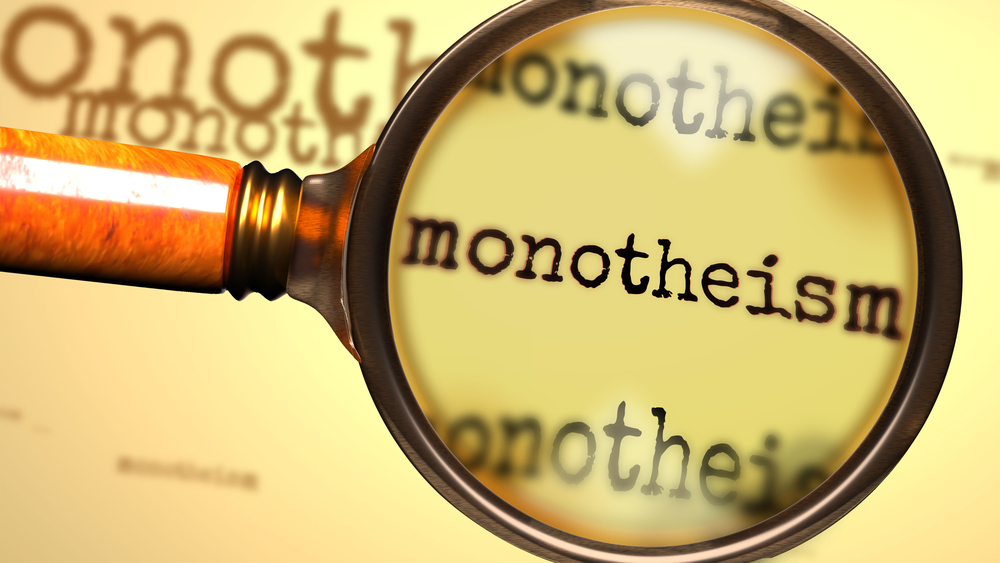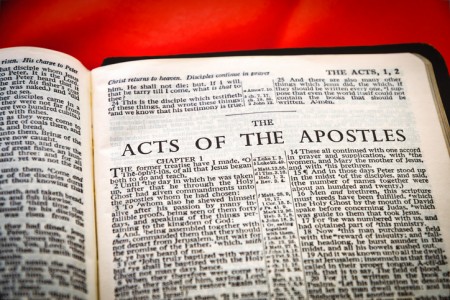The doctrine of the Trinity—the belief that God is one being in three persons: Father, Son, and Holy Spirit—is a foundational teaching in many Christian traditions. Some claim that the Old Testament (OT) provides evidence for this doctrine through the use of plural pronouns and plural nouns for God, such as Elohim (אֱלֹהִים) and the pronoun Us(Genesis 1:26). But do these linguistic features truly support a Trinitarian view? Let’s explore this question from a biblical and scholarly perspective.
1. Does the Word 'Elohim' Suggest a Plural God?
One of the most common arguments for the Trinity in the OT is that Elohim (אֱלֹהִים), a plural noun, is used to refer to God. At first glance, this might seem like evidence for multiple persons in the Godhead.
A. The Plural of Majesty
Hebrew scholars widely recognize that Elohim is often used as a pluralis majestatis, or “plural of majesty,” meaning it conveys greatness rather than numerical plurality. For example, Genesis 1:1 states:
In the beginning God (Elohim) created the heavens and the earth. (NKJV)
The verb created (bara, בָּרָא) is singular, indicating that Elohim is being used as a singular entity. If Elohim were truly a plural being, we would expect a plural verb, but this is not the case.
B. Ancient Near Eastern Usage
The use of plural forms for a singular deity was common in the ancient Near East. Ugaritic texts refer to their supreme god El using plural forms, even though he was worshiped as a single deity. This suggests that the plural form does not necessarily indicate multiple persons (Pardee, 2002).
2. What About 'Let Us Make Man' in Genesis 1:26?
Another passage often cited as evidence for the Trinity is Genesis 1:26:
Then God said, "Let Us make man in Our image, according to Our likeness." (NKJV)
This plural pronoun has been interpreted as a conversation between the persons of the Trinity. However, there are other explanations.
A. The Divine Council View
Many biblical scholars argue that God is addressing the Divine Council, a heavenly assembly of angels and spiritual beings. This concept appears in other biblical passages, such as Psalm 82, where God presides over divine beings.
Michael Heiser (2015) argues that Genesis 1:26 does not refer to a Trinity but reflects the ancient worldview in which God communicates with His heavenly court.
B. The Plural of Majesty
Another possibility is that the phrase “Let Us make man” is a linguistic device reflecting royal speech. Just as kings historically used the “royal we,” this could be an instance of majestic self-reference.
C. Contextual Consistency
If Genesis 1:26 were a direct reference to the Trinity, we would expect similar plural language throughout the Old Testament. However, in later passages, God consistently uses singular pronouns when speaking (e.g., Isaiah 45:12: “I have made the earth, and created man on it”). This weakens the argument that Genesis 1:26 proves a triune God.
3. The Shema and Hebrew Monotheism
One of the strongest arguments against a Trinitarian reading of the Old Testament is found in the Shema, a foundational statement of Hebrew monotheism:
Hear, O Israel: The Lord our God, the Lord is one! (Deuteronomy 6:4, NKJV)
The Hebrew word for “one” (echad, אֶחָד) emphasizes singularity. Some Trinitarians argue that echad can mean a composite unity, as seen in Genesis 2:24 (“the two shall become one flesh”). However, when echad describes God, it consistently conveys absolute oneness, not a plural unity (Block, 2004).
4. Are We Reading the Trinity into the Old Testament?
It’s crucial to distinguish between what the Old Testament explicitly teaches and how the New Testament later interprets it. While the New Testament reveals more about the nature of God—including Christ’s divinity and the work of the Holy Spirit—reading the Trinity into the Old Testament can be problematic.
New Testament writers reinterpreted Old Testament texts Christologically, but this does not mean that the original authors of the Old Testament had the Trinity in mind (Bauckham, 2008). Instead, it reflects how early Christians, through revelation in Christ, saw deeper meaning in these texts.
Conclusion: Do Old Testament Pronouns Prove the Trinity?
While plural pronouns and Elohim are sometimes cited as proof of the Trinity, a careful examination shows that these linguistic features have alternative explanations. The plural of majesty, the Divine Council, and ancient Near Eastern linguistic norms provide more contextually appropriate interpretations. Furthermore, the Shema strongly affirms monotheism, making a multi-personal God less likely in the Old Testament framework.
While the New Testament develops the understanding of God’s nature more fully, forcing the Trinity into the Old Testament risks imposing later theological constructs onto ancient texts. Instead, we should allow scripture to speak in its original context while recognizing how divine revelation unfolds progressively throughout the Bible.
References
Bauckham, R. (2008). Jesus and the God of Israel: God Crucified and Other Studies on the New Testament’s Christology of Divine Identity. Eerdmans.
Block, D. I. (2004). The Gods of the Nations: Studies in Ancient Near Eastern National Theology. Wipf and Stock.
Heiser, M. S. (2015). The Unseen Realm: Recovering the Supernatural Worldview of the Bible. Lexham Press.
Pardee, D. (2002). Ritual and Cult at Ugarit. Society of Biblical Literature.






Marylene Cabral
Very helpful.